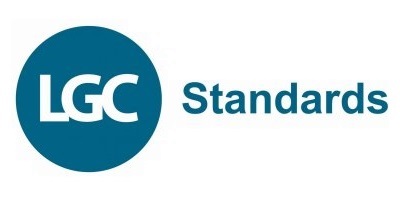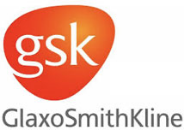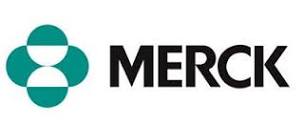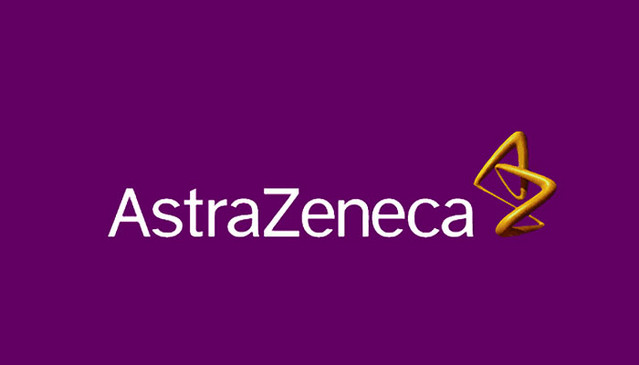August 2022 Controlled Drug legislation round up

August continues to see controlled drug law updates with several adding or rescheduling existing substances and updating there lists of controlled substances
Below is a brief summary and highlights of some of the countries we monitor and encode in Controlled Substances Squared to allow you to easily and automatically check if your chemicals are regulated or controlled - even novel and propriatory chemicals
EU
2-(methylamino)-1-(3-methylphenyl)propan-1-one (3-methylmethcathinone, 3-MMC) and 1-(3-chlorophenyl)-2-(methylamino)propan-1-one (3-chloromethcathinone, 3-CMC) have been declared ‘drugs’ In the Annex to Framework Decision 2004/757/JHA. EU Member States shall bring into force the laws, regulations and administrative provisions necessary to comply with this Directive
Italy
In this amendment 10 substances are added as controlled substances as follows: Table I; 4-Cl-3-MMC Pent-4-ene analogue of MDA 19, 5-Fluoropentyl analogue of MDA 19, Desmethylmoramide, Dipyanone, iso-3-CMC, MDA 19, BZO-POXIZID Table IV; Bretazenil, Deschloroclotizolam
Finland
This update adds the following substances to Annex IV of the ‘Government Decree on substances, preparations and plants considered to be narcotic drugs’; Substances that were previously controlled in Finland under the legislation ‘Government Decree on Psychoactive Substances Banned from the Consumer Market’; Butonitazene, Etonitazepyne, Metodesnitazene, Flunitazene, Protonitazene, Eutylon
Japan
Has added the following substances to the Narcotics and Psychotropics Control Law; Japan Table I Narcotics - Eutylone, Metonitazene, Brorph
UN
Nine new psychoactive substances (NPS) will be considered for critical review at the 45th Expert Committee on Drug Dependence of the WHO including one synthetic cannabinoid receptor agonist, two benzodiazepines, four synthetic opioids and two synthetic cathinones.
Sweden
HSLF-FS 2022:48 Regulations on changes to the Swedish Medicines Agency's regulations (LVFS 2011:10) on lists of narcotics. This ammendment add or moves 12 substances as controlled.
US
The Drug Enforcement Administration proposes to remove fenfluramine (chemical name: N-ethyla-methyl-3-(trifluoromethyl)phenethylamine), including its salts, isomers, and salts of isomers whenever the existence of such salts, isomers, and salts is possible, from the schedules of the Controlled Substances Act.
UK
The ACMD has published advice on advice on 2-benzyl benzimidazole and piperidine benzimidazolone opioids.
In this review the ACMD provide advice to the UK Home Office on 2-benzyl benzimidazole and piperidine benzimidazolone opioids.
"The relevant recommendations for our audience are;
• The following compounds should be added to Class A of the Misuse of Drugs Act 1971, consistent with the classification of other potent opioids. As these materials have no medical use it is recommended that they should be placed in schedule 1 of the Misuse of Drugs Regulations 2001 (as amended). Metonitazene, Protonitazene, Isotonitazene, Butonitazene, Flunitazene, Metodesnitazene (metazene), Etodesnitazene (etazene), N-Pyrrolidino-etonitazene (etonitazepyne), N-Piperidinyl-etonitazene (etonitazepipne), Brorphine
• The following compounds should be deleted from schedule 2 and added to schedule 1 of the Misuse of Drugs Regulations 2001 (as amended). Etonitazene, Clonitazene
• The ACMD recommends that a consultation should be undertaken with stakeholders, including academia and the chemical and pharmaceutical industries on the introduction of a generic control on 2- benzyl benzimidazole variants, as new examples may be encountered and could present a serious risk of harm. Following this consultation, materials covered by the generic should be added to Class A of the Misuse of Drugs Act 1971, consistent with the classification of other potent opioids. As these materials have no medical use it is recommended that they should be placed in schedule 1 of the Misuse of Drugs Regulations 2001 (as amended). The proposed wording for the generic for addition to the Misuse of Drugs Act is as follows: Any compound structurally derived from 2-[(2-benzyl)-benzimidazol- 1-yl]ethanamine by modification in any of the following ways, that is to say: (i) By substitution at the nitrogen of the ethanamine to any extent by alkyl substituents containing up to three carbon atoms or alkenyl substituents containing up to three carbon atoms or by inclusion of the nitrogen atom (and no other atoms of the side chain) in a cyclic structure. (ii) By substitution in the phenyl ring of the benzyl system to any extent by alkyl containing up to four carbon atoms, trifluoromethyl, alkoxy containing up to four carbon atoms, trifluoromethoxy, acetyloxy, hydroxy, cyano, thioalkyl containing up to four carbon atoms, alkylsulphonyl containing up to four carbon atoms or halogen substituents. (iii) By substitution at the 5- or 6- positions of the benzimidazole system by nitro, acetyl, cyano, methoxy, trifluoromethyl or halogen substituents. (iv) By substitution at the benzylic carbon by a methyl group (v) By replacement of the benzylic carbon by a nitrogen, oxygen or sulphur atom These modifications are subject to a maximum molecular mass of any derived compound of 500 atomic mass units.
Should the consultation and chnages to the scheduled be approved Scitegrity will of course keep you informed and help assess the likely impact of the proposed generic statement
Do you want to be able to easily and automatically check if your chemicals are controlled and regulated - even for novel and propriatory chemicals - then you need Controlled Substances Squared.
Trusted by our Clients











